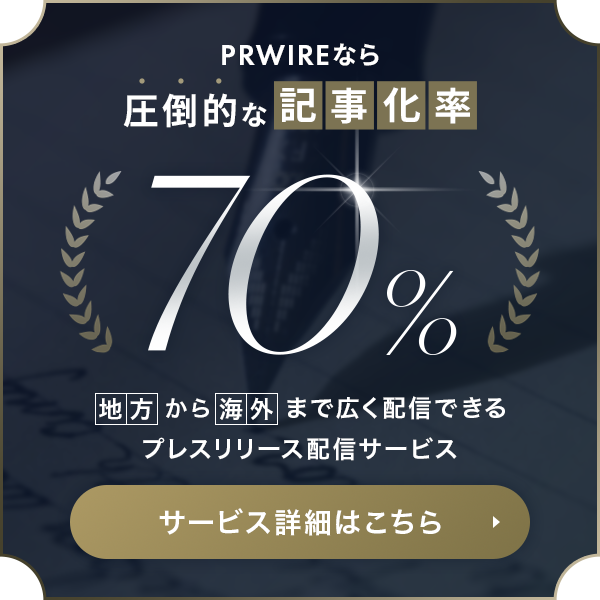Printed Electronics Europe: Growth Sectors for Conductive Inks as They Solve More Problems
Printed Electronics Europe: Growth Sectors for Conductive Inks as They Solve More Problems
PR82885
BERLIN, Feb. 14, 2020 /PRNewswire=KYODO JBN/ --
In 2020, the market for conductive inks will be $2.4Bn, according to extensive
research by IDTechEx (http://www.idtechex.com/ink). Of that, 95% of the
conductive ink supply by value goes into just three applications – the printed
bus bars and fingers on PV solar cells, exterior automotive heating
applications (defoggers) and touch screen edge electrodes.
However, for years now there has been work on a myriad of new applications for
conductive ink which are beginning to come to commercial fruition. These market
opportunities will be in the spotlight at Printed Electronics Europe 2020, held
in Berlin on 13-14 May 2020, with over 2,500 attendees and over 250 speakers
covering the broad range of opportunities. Many exhibit compound annual growth
rates (CAGR) of several hundred percent through to 2025.
In this article Raghu Das, CEO of IDTechEx assesses some of those opportunities.
Material Opportunities for 5G
The opportunity: By 2025 the value of 5G connections globally will be worth
$303 Billion.
The problem: For highest speed data transfer 5G systems will use higher
frequencies such as 28Ghz and 39Ghz, significantly higher than the 0.7Ghz –
2.5Ghz frequencies typically used in a cellphone. This results in more
potential for electromagnetic interference (EMI) between componentry, so they
need to be adequately 'shielded'. Another key trend here is the rise of
multi-chip packages in which connectivity as well as other dies sit inside a
single package. In such cases, even internal EMI shielding and
compartmentalization might be required.
The printed electronics solution: Spray-on, coat-on or print-on solutions are
in now in testing and early production, which offer uniform coverage of
components at higher manufacturing speed and potentially at lower cost.
Printed Electronics Europe 2020 features a session on material opportunities
for 5G, including EMI shielding advances.
Material Opportunities for Power Semiconductors in Electric Vehicles
The opportunity: In 2025 126 tonnes of die attach material will be needed for
electric vehicles.
The problem: The electric vehicle market is expanding. As a consequence, the
market for power modules within all manners of electric vehicles is growing,
using semiconductor technologies such as SiC and GaN. The trend is towards
higher power densities which translates to higher operational temperatures,
from 170 Degrees Celsius towards 250 Degrees Celsius. The materials around the
power packages need to cope with these higher temperatures.
The printed electronics solution: Silver offers high conductivity and a high
melting point versus conventional semiconductor attachment materials.
Nanoparticle silver is already being used by some EV makers as part of the die
attach system.
Printed Electronics Europe 2020 features sessions on die attach materials and
materials for heat management within electric vehicles.
Printed Heaters in Autonomous and/or Electric Vehicles
The opportunity: In 2025 148 million electric vehicles will be sold, across
land, water and air electric vehicles types.
The problems: Cold temperatures impact batteries by increasing their internal
resistance and lowering their capacity. For those living in very cold climates,
electric vehicle batteries may therefore need assisted heating. LIDAR systems,
used to enable autonomy, require clear optical pathways, so any ice or snow on
the LIDAR optics needs to be melted away through a heating system.
Additionally, without an internal combustion engine, electric vehicles require
other ways to produce heat for the occupants.
The printed electronics solution: Printed heaters are lightweight, offer
relative ease with custom designs and shapes and are typically flexible for
easy integration and application of heat where it is needed.
Printed Electronics Europe 2020 features presentations and exhibitors covering
these aspects including transparent heaters and flexible heaters.
3D Electronics to Improve Human Machines Interfaces
The opportunity: The market for 3D printed electronics and Circuit prototyping
will be worth over $1 Bn by 2025.
The problem: Combining circuit substrates, switches, LEDs and other components
and then fitting these to control panels involves a relatively high numbers of
components and tooling set up time. Often the final product is not weight
efficient and nor is it most cost effective for small batch numbers.
The printed electronics solution: Printing the wiring, switches and other
components and then molding this as the final structure can overcome the above
limitations. The final pieces can be lighter weight. It can be easier to change
or customize designs. Differentiation can be provided by having interactive 3D
surfaces rather than 2D ones.
Printed Electronics Europe 2020 features presentations and exhibitors covering
In Mold Electronics, film inserted electronics and 3D printed electronics.
These are just four of the opportunities that will be covered, in addition to
others including antennas, sensors, e-textiles, electronic skin patches and
more. See the evolving speaker list at www.PrintedElectronicsEurope.com and
book by 20 February 2020 for the 30% attendee discount.
Infographic -
ttps://mma.prnewswire.com/media/1090424/Printed_Electronics_Europe_Infographic.j
pg Logo -
https://mma.prnewswire.com/media/1090423/Printed_Electronics_Europe_Logo.jpg
Media Contact:
Jessica Abineri
Marketing Coordinator
press@IDTechEx.com
+44(0)1223 812300
Source: IDTechEx
本プレスリリースは発表元が入力した原稿をそのまま掲載しております。また、プレスリリースへのお問い合わせは発表元に直接お願いいたします。
このプレスリリースには、報道機関向けの情報があります。
プレス会員登録を行うと、広報担当者の連絡先や、イベント・記者会見の情報など、報道機関だけに公開する情報が閲覧できるようになります。










